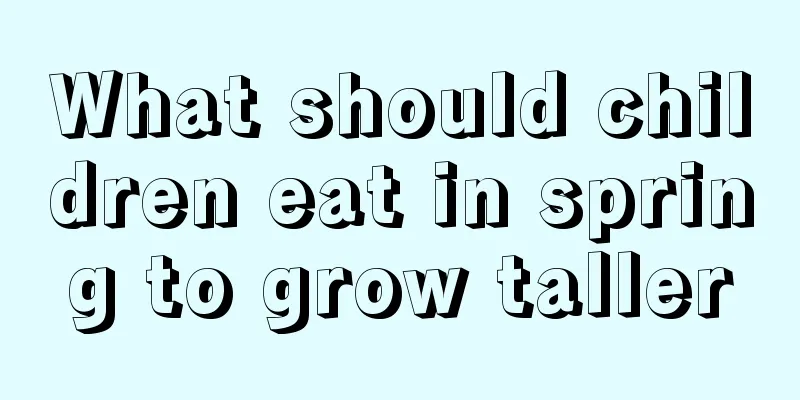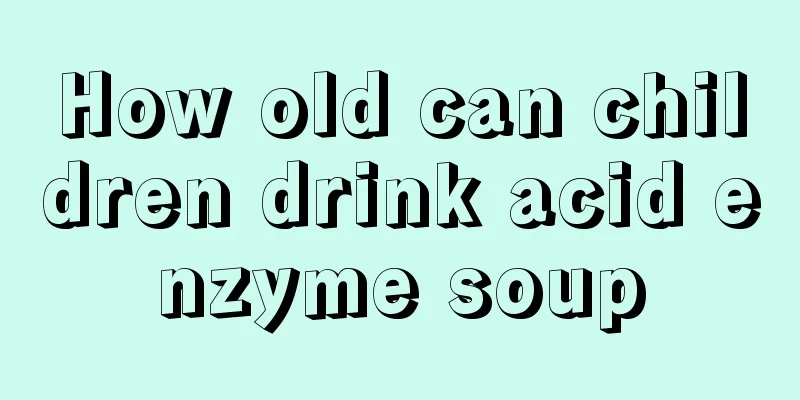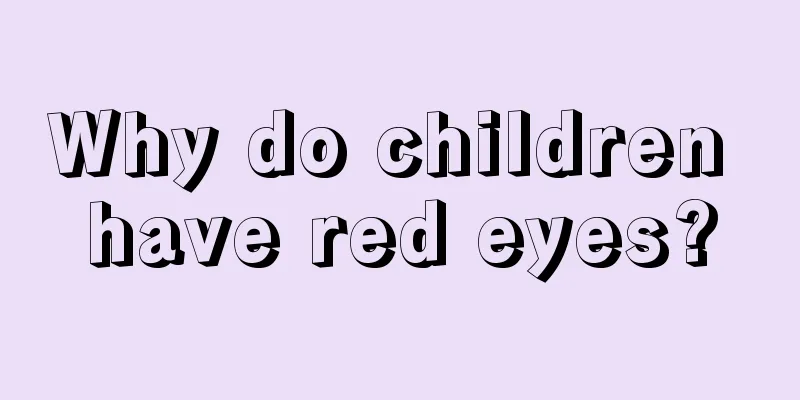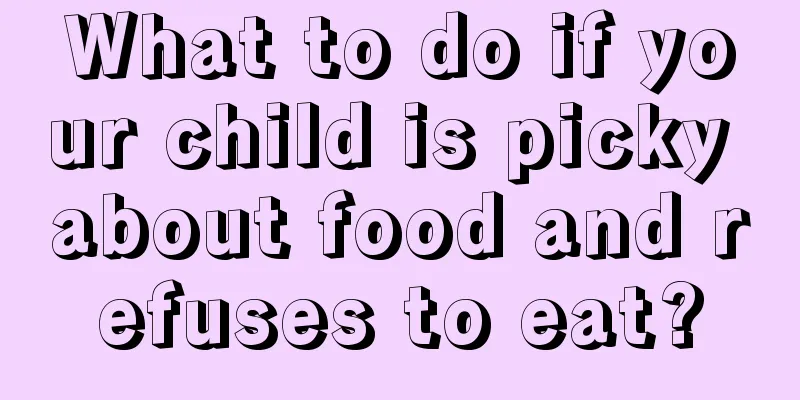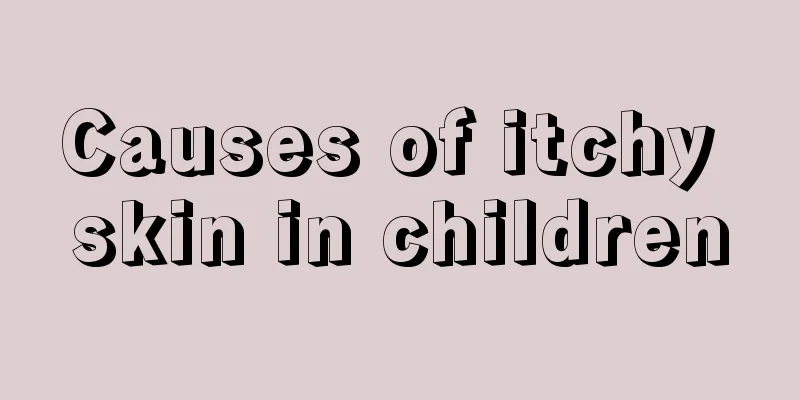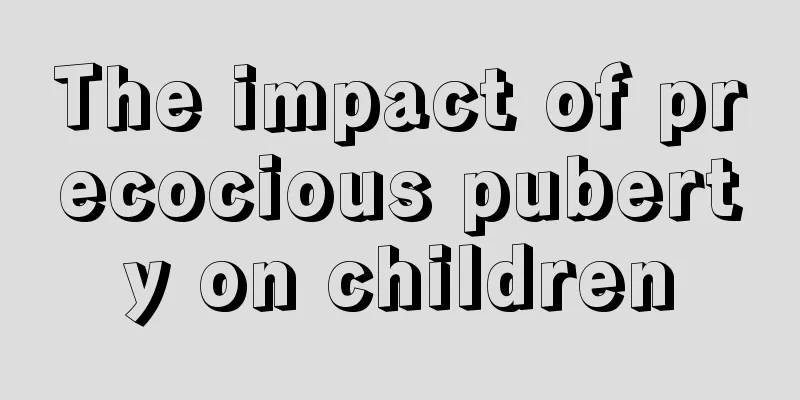Child foaming at mouth

|
When many parents take care of their children, they are always worried that their children will get cold or frozen and catch a cold, so many parents will dress their children in a lot of clothes and cover them a lot when they sleep, which can easily cause children to have seizures. Because children's physical development is not yet complete and their body regulation ability is a little poor, they should not be dressed too much.
A child foaming at the mouth and fainting is a typical febrile convulsion. The high body temperature and rapid rise in temperature, coupled with the child wearing too thick clothes, can easily cause a febrile convulsion.
Febrile convulsions refer to convulsions that occur in children when the body temperature rises to >= 39°C in the early stages of respiratory tract infection or other infectious diseases, excluding intracranial infection and other organic or metabolic diseases that cause convulsions. The main manifestations are sudden tonic or clonic convulsions of the whole body or local muscle groups, staring, squinting, straightening or rolling up of the eyes, accompanied by loss of consciousness. Febrile seizures are divided into simple febrile seizures and complex febrile seizures. It can occur in children of all ages (except the neonatal period), and is more common between 6 months and 4 years old. The prognosis of simple febrile convulsions is good, while the prognosis of complex febrile convulsions is poor.
1. Intravenous diazepam is the first choice. After controlling convulsions, sodium phenobarbital or other drugs are used to consolidate and maintain the therapeutic effect. Diazepam has side effects of suppressing breathing, heart rate and lowering blood pressure, so cardiopulmonary resuscitation measures should be prepared. 2. Amobarbital sodium or thiopental sodium should be used only when the above anticonvulsant drugs are ineffective. Thiopental sodium can cause laryngeal spasm. Do not move the head when using it to prevent laryngeal spasm. Once laryngeal spasm occurs, the head should be tilted back, the lower jaw should be lifted to prevent the root of the tongue from falling back, and atropine should be injected intramuscularly to relieve spasms. 3. When convulsions persist and intracranial hypertension occurs, measures to reduce intracranial pressure such as 20% mannitol and furosemide should be used. 4. For patients with high fever, physical cooling and/or drug cooling should be performed. 5. Give appropriate etiological treatment to convulsions of different causes. |
<<: Can children eat candy loaves at will?
>>: Child foaming at the mouth while sleeping
Recommend
Symptoms of anemia in one-year-old babies
Anemia in babies is a rather troublesome matter, ...
What is the reason why a 13-month-old baby has a poor appetite?
Nowadays, many families have only one baby, and t...
The reason why babies have phlegm sounds when they sleep
Babies need a better environment when they sleep,...
Can a 3 month old baby sit?
Everyone grows up little by little from childhood...
Some methods for baby care in spring?
Among the four seasons of the year, many of our f...
Healthy weight loss methods and precautions for children
What are the healthy weight loss methods and prec...
Why can't children grow meat even if they eat?
In daily life, children's physical developmen...
Why is the baby's belly button bulging?
A bulging belly button in a baby is a relatively ...
10 Tips for Treating Picky Eating in Children
Nowadays, many children are picky eaters, which is...
Baby has coffee spots on forehead
The face of a newborn baby is usually very smooth...
What to do if your child likes to hit others
Some children are particularly naughty when they ...
What foods are good for children's liver health?
We all know how important the liver is to the hum...
What should a 6-year-old child with intellectual disability eat?
Children aged six have intellectual retardation. ...
Why does my child sit up and talk in his sleep at night?
Whether adults or children, everyone may talk in ...
What causes children to have eye bags?
Generally speaking, children do not have bags und...
